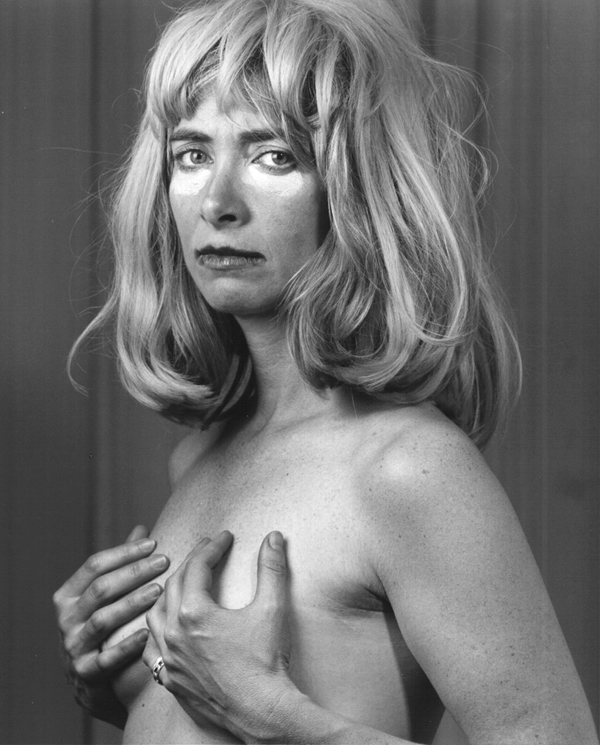[Summer 1996]
Galerie Dazibao, Montreal
April 6–May 5, 1996
Issues of ethnic, racial, and gender identity have been riding high on the “top ten” of exhibition themes for quite some time now. As a result, art has increasingly adopted the documentary form to varying degrees. But in this cacophony of artistic commentary on the politics of identity, complacency, and self-absorption are often evident, leaving meaning, communication, and aesthetic considerations in the lurch. Although we can’t say that art with a cause is cause for wariness, it is safe to say that in itself, the cause – no matter which one – does not make the art.
Happily, the present case demonstrates how the discourse on the politics of identity does become art. Produced and circulated by the Toronto Photographers Workshop, the exhibition Fabrications offers provocative examples of how art as a political tool, however marginalized and stigmatized the cause it takes as subject, does not necessarily forsake aesthetic intelligence. Close to thirty colour photographs by American artist Catherine Opie and Canadian artists Hamish Buchanan and David Rasmus spanned the walls of Galerie Dazibao in an overtly expressive array of portraits putting gender categories into play. Acting as both surface and subject matter to portray and affirm roles, a cross-breeding of male and female faces and bodies lead us to acknowledge the very existence of the gay, lesbian, and “trans-gendered” worlds that they inhabit.
Opie shows us tattooed and scarified skin of lesbian women against ultramarine and emerald floral backgrounds, as well as mug-shot images of false-mustachioed dykes on a plane of bright yellow. Rasmus presents photographs of sexually ambiguous men and women sporting blotchy white make-up, smeared lipstick, and, in most cases, blonde wigs à la Cindy Sherman. Both work with a direct and engaging approach to portraiture.
Buchanan’s mildly baroque Veiled Men series remains at a representational remove. Enacting the eroticism and traditionally feminine modelling of their homosexuality, his naked men draped in semi-translucent cloth are impassive. The tepid staginess of their presentation undermines their presence rather than empowering their sexual status. Nor do they transcend the arena of theatre and enter the realm of reality. In his tentativeness, Buchanan misses the authenticity achieved by Canadian photographer Evergon’s exuberant homosexual theatricality. As a consequence, the formal simplicity, chromatic assurance, and deliberate eye contact between subject and viewer in Opie and Rasmus’s to-the-point imagery become all the more alluring and convincing with respect to recognition of their multi-gendered realities.

